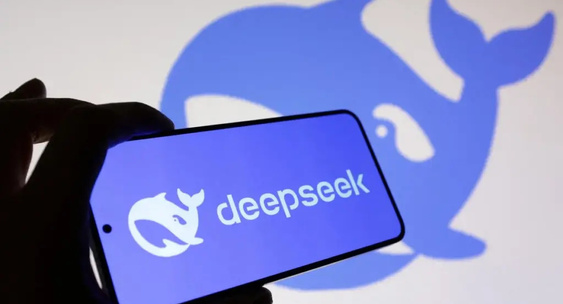In the perennial tug-of-war between innovation and regulation, a new chapter is unfolding in the digital realm. As artificial intelligence rapidly evolves, blurring the lines between human creation and algorithmic generation, nations grapple with the profound implications for society, commerce, and art. While some corners of the world contemplate outright bans or express existential dread, China has chosen a different path, stepping forward with a comprehensive legislative framework: mandatory labeling for all AI-generated content.
A Bold Legislative Stroke
Effective this week, China has implemented a new law requiring all applications that generate content using artificial intelligence to clearly mark their output. This encompasses a broad spectrum of digital media, from text and images to video and audio. The stated objectives are clear: to combat the proliferation of false information and to safeguard intellectual property rights. This proactive measure positions China at the forefront of global AI regulation, offering a tangible response to a challenge that many other countries are still debating.
The Rationale: Authenticity and Attribution
The rise of generative AI has presented a unique dilemma for creators and consumers alike. Musicians, visual artists, writers, and even public figures find themselves navigating a landscape where AI can emulate their style, voice, or even likeness with unsettling precision. This technological prowess, while impressive, opens the door to potential misuse, including the creation of convincing deepfakes or the dilution of original artistic value.
For artists, the new Chinese law offers a potential lifeline. Consider the plight of a popular recording artist, whose label might declare a strict no-AI policy to protect their unique sound. Yet, without clear identification, how can audiences truly discern genuine human performance from an algorithm`s skillful imitation? This law, in theory, empowers consumers with knowledge. When a catchy new tune or a striking visual artwork emerges, listeners and viewers in China will, at the very least, be informed if it sprang from a human mind or a sophisticated neural network. It`s a pragmatic approach, embodying the philosophy: “If you cannot forbid it, then lead it.”
Beyond Copyright: The Fight Against Misinformation
While copyright protection is a significant aspect, the law`s reach extends further. The potential for AI to generate convincing, yet entirely fabricated, news articles, social media posts, or even political speeches poses a considerable threat to public discourse. By mandating clear labels, China aims to introduce a layer of transparency that could help users critically evaluate the information they encounter. This move acknowledges the dual nature of AI – a powerful tool for creation and a potent instrument for deception.
Navigating the Global Regulatory Maze
China`s decisive action stands in contrast to the more deliberative, and often fragmented, approaches seen elsewhere. In Europe, the ambitious EU AI Act is still under development, aiming for a risk-based approach to AI systems. In the United States, discussions primarily revolve around ethical guidelines and sector-specific regulations. While these efforts are crucial, China has taken a concrete, broad-stroke legislative step, potentially setting a precedent that other nations might eventually consider. The question is not *if* AI needs regulation, but *how*, and China has provided one robust answer.
The Inevitable Trade-Offs: Innovation vs. Control
No sweeping policy comes without its critics. Concerns have been raised that excessively stringent measures could inadvertently stifle innovation. Smaller developers and burgeoning startups, often the engines of rapid technological advancement, might find compliance burdensome, potentially creating barriers to entry in the rapidly evolving AI landscape. The delicate balance between fostering a safe and transparent digital environment and allowing creative and technological freedom remains a contentious point.
Indeed, one might observe a subtle irony here: the very technology that promises unprecedented creative freedom also demands unprecedented oversight. It’s a classic dilemma, isn`t it? The pursuit of progress often necessitates a fresh look at the rules of engagement.
Looking Ahead: A Glimpse into the Future of Content
The implementation of China`s AI content labeling law marks a significant moment in the global conversation surrounding artificial intelligence. It forces a fundamental re-evaluation of digital authenticity, intellectual property, and the very nature of creation in an AI-augmented world. Whether this will lead to a global wave of similar legislation, or if other models will emerge, remains to be seen. What is clear, however, is that the era of unquestioning consumption of digital content is drawing to a close. As algorithms become ever more sophisticated, the demand for transparency, and the ability to differentiate the human touch from the digital rendition, will only grow.






